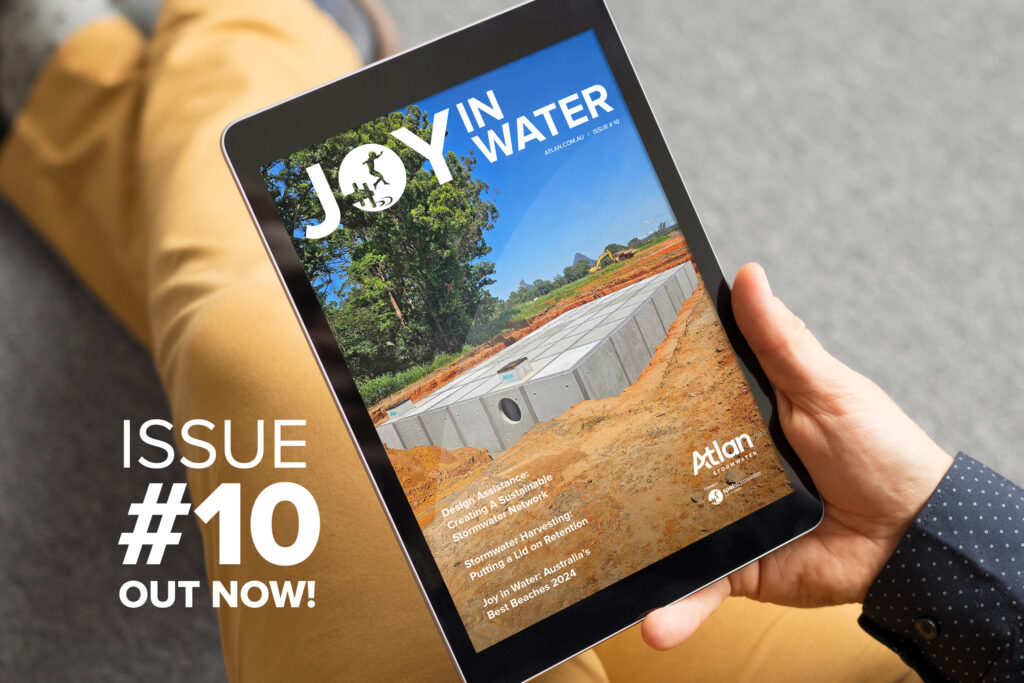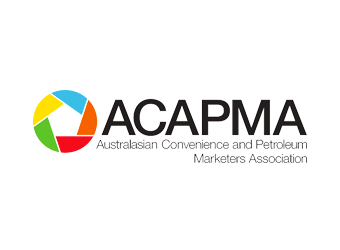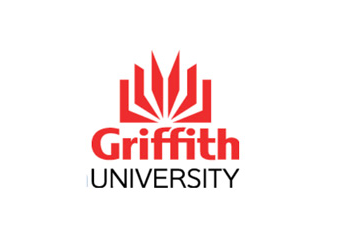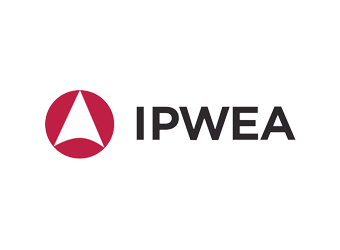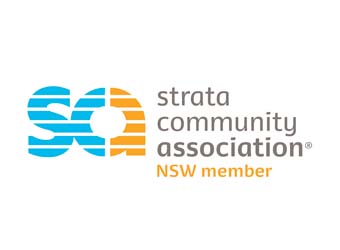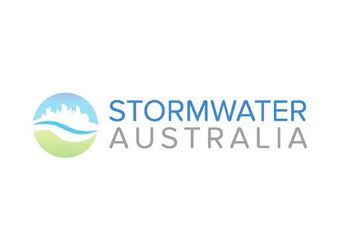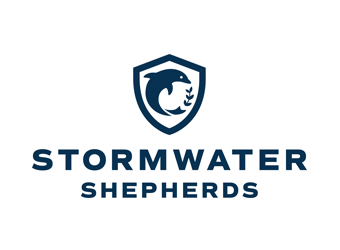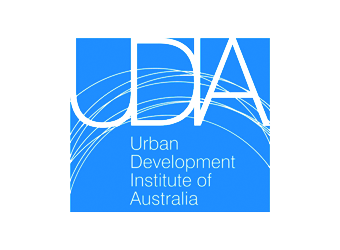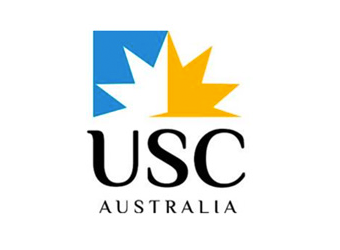SQIDEP Myth: 15 Rainfall Events Is Not Enough to be Statistically Robust
Myth Claim: During SQIDEP assessment, the number of rainfall events required is not enough to be statistically significant to verify device performance.
SQIDEP is Stormwater Australia’s industry-formulated, independent evaluation process for verifying the performance of technologies for improving stormwater quality.
This innovative approach to standardising stormwater device performance drives best practice. It provides a uniform set of criteria to which stormwater treatment devices can be field-tested and reported, which ensures that their capabilities and performance are reliably verified by an independent third party.
These independent evaluators are a broad range of researchers, universities, and specialist stormwater consultants. They verify the data and report device performance throughout the SQIDEP process.
SQIDEP verification means that your stormwater systems meet key benchmarks for pollution removal and have been verified as effective stormwater management devices. Atlan Stormwater’s SQIDEP verified devices include AtlanFilter, AtlanBasin and FlowGuard.
Below, we look at the amount of rainfall events and seasonal data that help to inform this innovative protocol and bust the myth that questions whether these data sets are robust – and share some insight into our SQIDEP verification for AtlanFilter.
SQIDEP Requirements for Rainfall & Seasonal Data
SQIDEP requires at least 15 events spread across a full seasonal range (i.e. Summer, Autumn, Winter, and Spring). This means that both minimum event & seasonal event criteria must be met to fulfil these requirements.
This flexibility was provided for two potential scenarios;
A wet year might provide 15 events in 2 months, but the pollutant loads, and rainfall events vary seasonally, so more events shall be provided to satisfy the seasonal (temporal) coverage;
A dry year might not produce 10 compliant events. So, a minimum of 15 must be provided to limit the project duration and prevent it from extending indefinitely.
This requirement follows the lead of WashDoE and PDEP. As can be seen from recent submissions – more than 15 events are often submitted, because the data was available and fell within range of the event criteria. For example, the AtlanFilter, formerly SPELFilter, SQIDEP Verification Report (Page 8) states:
- Requirement – Events to be distributed to capture seasonal influences
- Evaluation finding – All seasons are covered by the data set
During the AtlanFilter verification, 37 events were submitted (Page 7) that spread across all four seasons. Of these, a few events were removed from the analysis for particular components – resulting in 31 compliant events for TSS (Total Suspended Solids), 28 for TP (Total Phosphorus) and 29 for TN (Total Nitrogen).
Reported as a complete dataset, SQIDEP’s event criteria were met, and enough data was available to make a statistically robust and repeatable assessment of device performance. This is representative of many of the SQIDEP submissions, which often have more than the minimum number of required events coupled with comprehensive year-round data.
